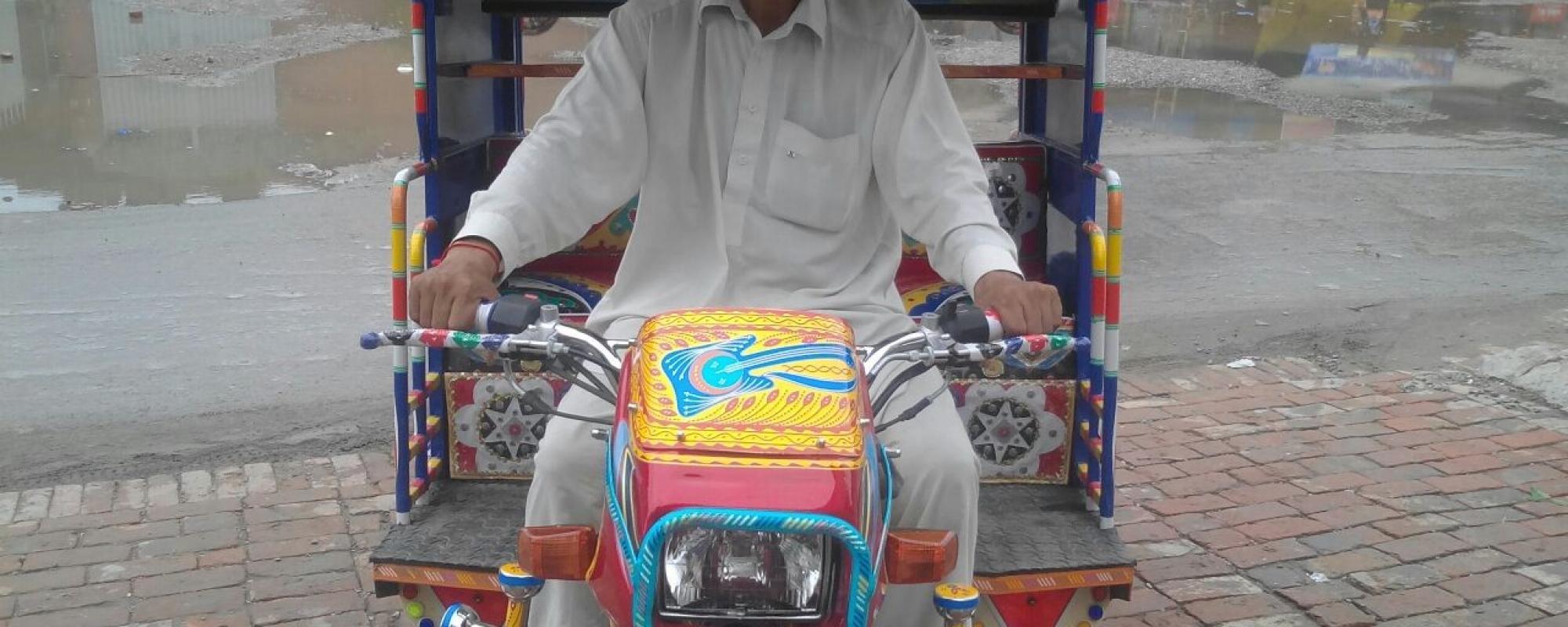We conduct a field experiment in which we offer graduated microfinance clients the opportunity to finance the purchase of a business asset worth four times their previous borrowing limit. We implement this using a hire-purchase contract; our control group receives a zero-interest microcredit contract.
Recent research has found modest average impacts of conventional microcredit contracts on microenterprise performance, and practically zero effects on household consumption (Meager, 2018).
Subsequent work has identified specific sub-groups for whom microcredit may generate positive business impacts (Banerjee, Breza, Duflo, and Kinnan, 2019), and several papers show benefits from contractual innovations designed to increase repayment flexibility (Field, Pande, Papp, and Rigol, 2013; Battaglia, Gulesci, and Madestam, 2018; Barboni and Agarwal, 2018). In their seminal review of the experimental literature, Banerjee, Karlan, and Zinman (2015) recommend that the next generation of microfinance research should explore contractual innovations and non-credit structures, while addressing the lack of evidence for the impact of larger financing amounts on graduated borrowers.
In this project, we directly address this: we offer graduated microfinance clients up to US$1,700 to purchase a business asset. This represents a large capital injection for these clients: approximately four times their previous borrowing limit, and substantially more than the loan amounts offered in most of the comparable research.
We add to the growing area of research that addresses the question of whether microfinance institutions can better serve graduated borrowers through creative variations on the standard microcredit contract.
In the wake of the Covid-19 pandemic, many governments in low-income countries and development finance institutions are under significant financial pressure, and there is now a growing interest amongst the financial inclusion and policy community in developing innovative and financially sustainable asset-based microfinance products that can achieve some of the benefits seen in asset transfer programmes while recovering the capital so that it can be redeployed (Kumaraswamy, Mattern, and Hernandez, 2020).
We conduct a field experiment with one of the largest microfinance institutions (‘MFIs’) in Pakistan. We sample from their existing client base – urban and semi-urban microenterprise owners who had successfully completed previous loan cycles, had reached the upper borrowing limit of $475, and had expressed an interest in expanding their business through the purchase of a fixed asset.
In our experiment, we offer two contract variants, each providing financing of up to $1,700 over 18 months under a higher purchase agreement: (i) a fixed-repayment contract where participants are obliged to buy the asset within 18 months, and (ii) a flexible-repayment contract that provides a greater element of risk sharing by allowing either faster or slower repayment, at the client’s discretion. In both contracts, clients were required to pay rent based on the MFI’s proportional ownership share of the asset at the start of each month.
Clients who were randomly assigned to our control group were eligible for a zero interest loan of up to $475.
Banerjee, A., E. Breza, E. Duflo, and C. Kinnan (2019). "Can Microfinance Unlock a Poverty Trap for Some Entrepreneurs?" Working paper.
Banerjee, A., D. Karlan, and J. Zinman (2015). "Six Randomized Evaluations of Microcredit: Introduction and Further Steps." American Economic Journal: Applied Economics 7(1), 1–21.
Barboni, G. and P. Agarwal (2018). "Knowing what’s good for you: Can a repayment flexibility option in microfinance contracts improve repayment rates and business outcomes?" Working paper.
Battaglia, M., S. Gulesci, and A. Madestam (2018). "Repayment flexibility and risk taking: Experimental evidence from credit contracts."
Field, E., R. Pande, J. Papp, and N. Rigol (2013). "Does the classic microfinance model discourage entrepreneurship among the poor? Experimental evidence from India." American Economic Review 103(6), 2196–2226.
Kumaraswamy, S. K., M. Mattern, and E. Hernandez (2020). "Assets matter to poor people: But what do we know about financing assets?" CGAP Working Paper.
Meager, R. (2018). "Understanding the average impact of microcredit expansions: A bayesian hierarchical analysis of seven randomized experiments". American Economic Journal: Applied Economics.
